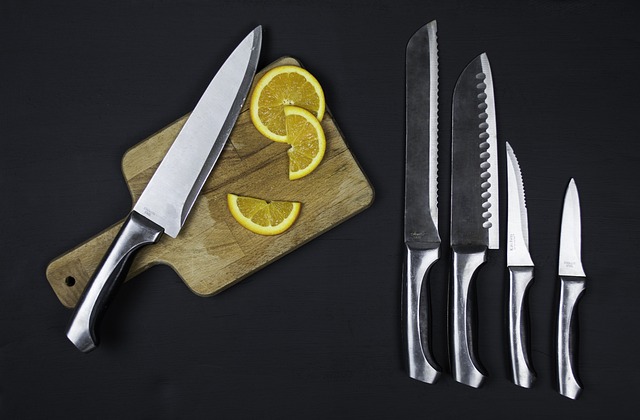Understanding Sharpness in Layers
Photography is a journey, a combination of art and technology that invites us to explore the world through a different lens. Among the many elements that contribute to a stunning photograph, sharpness stands out as a crucial factor that can drastically enhance visual storytelling. In the realm of layered photography, mastering sharpness becomes even more essential, as it allows you to draw attention to specific subjects, enrich textures, and create a harmonious balance in your compositions.
The Essence of Sharpness
Sharpness in photography refers to the clarity and detail present in an image. It’s that crispness that makes a photograph stand out, allowing the viewer to admire the intricate details of a scene. But achieving sharpness isn’t just about having a high-quality camera; it involves a deep understanding of optics, composition, and lighting. When you embrace sharpness, you unlock new creative possibilities—especially when working with layers that add depth to your images.
Incorporating Layers for Enhanced Depth
Layered photography is the process of combining multiple photographs or elements within a single composition. This technique invites more depth and dimension, encouraging the viewer to explore the layers of the image. When layered effectively, sharpness draws the viewer’s attention to the main subject while contributing to the overall story told through the photograph. Think about how a sharply focused foreground can contrast with a softly blurred background, creating visual interest and guiding the eye through the layers of the photograph.
Tips for Achieving Sharpness in Layered Photography
- Use a Tripod: Stability is key. Using a tripod helps prevent camera shake, ensuring that your images are tack sharp, even in low light conditions.
- Choose the Right Aperture: An aperture of f/8 to f/11 typically yields optimal sharpness. This range allows for sufficient depth of field without sacrificing detail.
- Focus with Precision: Use autofocus points or manual focus to ensure that your subject is razor sharp. Pay attention to where you place your focus points to control depth within your layers.
- Use Editing Software: Post-processing can enhance sharpness. Utilizing tools like Adobe Lightroom and Photoshop allows you to refine the details in your layers after the shoot.
- Experiment with Layer Blending: When combining different layers, experiment with blending modes to see how sharpness and clarity can affect the final outcome. Different modes can create unique interactions between your sharp and soft elements.
Harnessing the Power of Optics
Your choice of optics plays a significant role in the sharpness of your images. High-quality lenses are designed to minimize aberrations and distortion, which enhances the clarity of the images you capture. Prime lenses often deliver exceptional sharpness compared to zoom lenses, making them a great choice for those looking to emphasize detail in their layered photography. Remember, the right lens can significantly influence not just sharpness but also how layers interact with one another.
Finding Your Unique Voice
As you delve deeper into layered photography, allow the concept of sharpness to guide your creative vision. Each photograph is an opportunity to convey emotion, intrigue, and complexity. By focusing on sharpness within your layers, you invite viewers to engage more deeply with your art, encouraging them to explore the stories you present. So grab your camera, experiment with layers, and let the power of sharpness elevate your photography to new heights!



